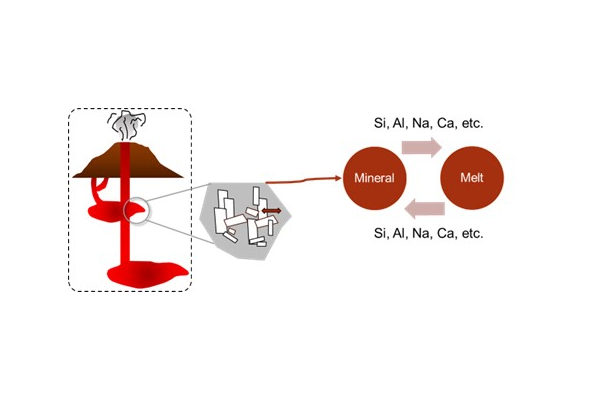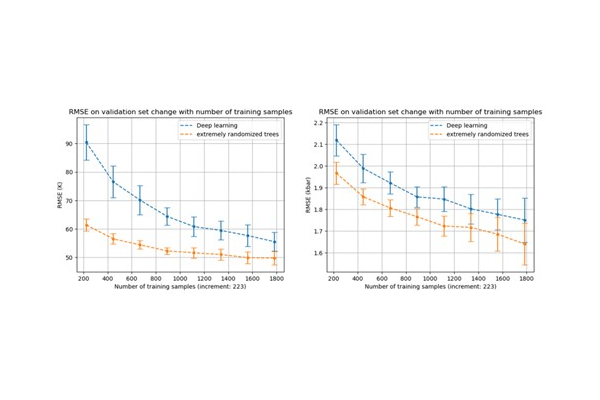MACHINE LEARNING GEOTHERMOBAROMETRY USING CLINOPYROXENE
Seminars
Semester 2
Geothermobarometry is a widely used approach for estimating magmatic temperatures (T) and pressures (P) based on thermodynamic equilibrium between phases. However, most thermobarometers have large uncertainties, particularly in pressures (e.g., ±4.6 to 5.4 kbar of Putirka et al., 2003). These translate to a large uncertainty in the depth of magma reservoirs and generate a blurred image of the volcanic plumbing systems. Clinopyroxene (Cpx) is a common major mineral in igneous rocks with a wide stability field and was widely used for P-T estimation. Most existing Cpx-based geothermobarometers use least-squares linear regression to solve thermodynamic equations for Cpx-liquid exchange reactions. However, the composition of the liquid is usually unknown and often estimated with large uncertainties. The uncertainties may be lower by excluding liquids from the calculation (i.e., only considering Cpx) and applying machine learning approaches to solve the thermobarometer equations. In this study we attempt to calibrate a Cpx-only thermobarometer using existing experimental data and two commonly used machine learning approaches, i.e., Extremely Randomized Trees (ERT) and Deep learning models. Our preliminary results indicate that with the same training set (n=2231), the ERT model yields smaller uncertainties, and the difference between the two models is reduced with an increasing number of data (for temperatures but not pressures). These findings may provide new insights into thermobarometry studies using machine learning approaches.
Additional information: Miss LIU Xiaoyu, liuxy23@connect.hku.hk











